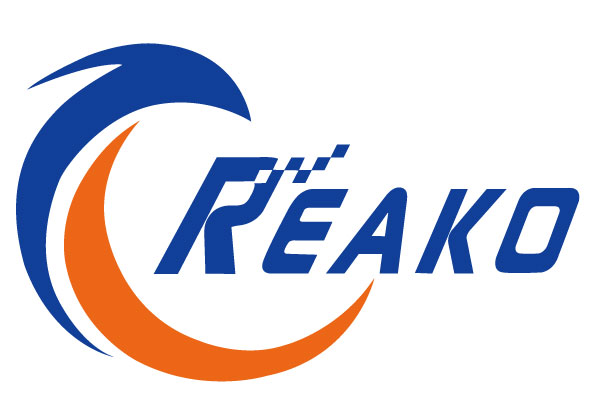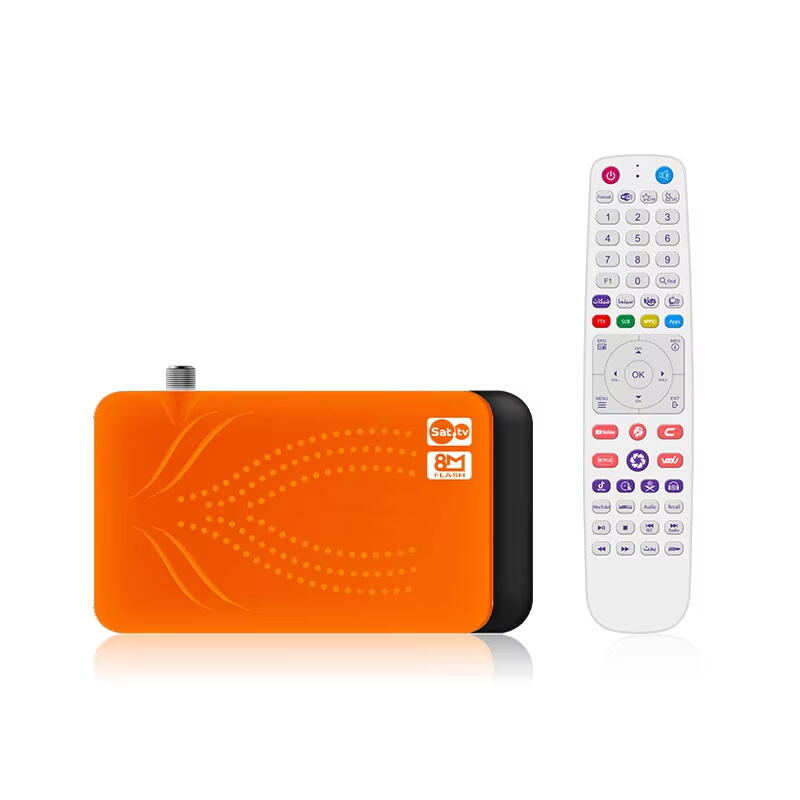Understanding Digital Satellite Reception Technology
The world of digital satellite television has evolved significantly, and at its heart lies the DVB-S2 receiver technology. This advanced equipment serves as the crucial bridge between satellite signals and your television, delivering crystal-clear content directly to your living room. As streaming services continue to expand, having a reliable DVB-S2 receiver remains essential for accessing a wide range of channels and maintaining optimal viewing quality.
Modern DVB-S2 receivers offer unprecedented features and capabilities that transform your home entertainment experience. From supporting high-definition broadcasts to enabling interactive services, these devices have become increasingly sophisticated. Understanding their core functionalities and latest innovations will help you make an informed decision when selecting the perfect receiver for your setup.
Key Features of Premium DVB-S2 Receivers
Signal Processing and Reception Quality
The foundation of any superior DVB-S2 receiver lies in its signal processing capabilities. Advanced models incorporate powerful demodulators and tuners that ensure stable reception even under challenging weather conditions. Look for receivers with high sensitivity ratings and robust error correction mechanisms, as these features contribute to uninterrupted viewing pleasure.
Modern DVB-S2 receivers also come equipped with multistream support, allowing them to handle multiple transponder signals simultaneously. This technology enables faster channel switching and more efficient bandwidth utilization, ultimately providing a smoother viewing experience.
Resolution and Video Format Support
When selecting a DVB-S2 receiver, video quality capabilities should be a primary consideration. Top-tier models support 4K resolution and HDR content, future-proofing your entertainment system for years to come. The receiver should handle various video codecs, including H.265/HEVC, which offers superior compression while maintaining excellent picture quality.
Additionally, consider receivers that provide upscaling capabilities for standard-definition content, ensuring older programs still look impressive on modern displays. The best units offer multiple resolution outputs, accommodating different types of displays in your home setup.
Connectivity and Integration Options
Physical Interface Compatibility
A versatile DVB-S2 receiver should offer comprehensive connectivity options to integrate seamlessly with your existing entertainment system. Look for units featuring HDMI 2.0 outputs or higher, supporting high bandwidth digital content protection (HDCP) for premium content playback. Multiple USB ports enable external storage connection and potential firmware updates.
Consider receivers with ethernet ports for network connectivity, enabling access to additional services and electronic program guide (EPG) updates. Some advanced models also include optical audio outputs for connection to high-end sound systems, enhancing your audio experience.
Smart Features and Network Integration
Modern DVB-S2 receivers increasingly incorporate smart features that extend their functionality beyond basic satellite reception. Wi-Fi connectivity allows for convenient program guide updates and access to streaming services. Some models offer companion smartphone apps for remote programming and content management.
Advanced units support home network integration, enabling content sharing across devices and recording capabilities to network-attached storage. These features transform your receiver into a comprehensive entertainment hub.

Recording and Storage Capabilities
Built-in Recording Solutions
The ability to record and time-shift content has become essential in modern entertainment systems. Premium DVB-S2 receivers offer built-in recording capabilities, either through internal storage or external USB devices. Look for models with twin tuners, allowing you to record one channel while watching another.
Advanced recording features such as series recording, scheduled recordings, and automatic conflict resolution enhance the convenience of content management. Some receivers also support simultaneous recording of multiple channels, maximizing your viewing flexibility.
External Storage Options
While internal storage is convenient, external storage support provides greater flexibility and capacity. High-end DVB-S2 receivers support various external storage formats and capacities, allowing you to expand recording capabilities as needed. USB 3.0 ports ensure fast data transfer rates for high-quality recordings.
Consider receivers that support network-attached storage (NAS) integration, enabling centralized content management and access from multiple devices. This feature is particularly valuable in households with multiple viewing locations.
User Interface and Ease of Use
Menu Navigation and Setup
An intuitive user interface significantly enhances the daily usage experience of your DVB-S2 receiver. Look for models with clear, responsive menus and straightforward setup processes. The channel scanning and organization features should be efficient and user-friendly, allowing quick access to your favorite content.
Advanced receivers offer customizable interfaces, enabling you to arrange channels, create favorites lists, and personalize the viewing experience according to your preferences. The electronic program guide should be comprehensive and easy to navigate.
Remote Control and Alternative Control Options
The quality of the remote control significantly impacts daily interaction with your DVB-S2 receiver. Premium models include well-designed remotes with backlit buttons, logical layout, and direct access to important functions. Some receivers offer universal remote capabilities, reducing clutter in your entertainment setup.
Modern units increasingly support alternative control methods, such as smartphone apps or voice commands through integration with smart home systems. These options provide convenient alternatives for controlling your receiver and accessing content.
Frequently Asked Questions
What is the difference between DVB-S and DVB-S2 receivers?
DVB-S2 is an improved version of the original DVB-S standard, offering better efficiency in bandwidth usage and superior error correction. DVB-S2 receivers support higher transmission rates and improved signal quality, making them essential for modern high-definition content and 4K broadcasts.
Can I use a DVB-S2 receiver with my existing satellite dish?
Most DVB-S2 receivers are compatible with existing satellite dishes, provided the dish is properly aligned and in good condition. However, for optimal performance, particularly with high-definition content, ensure your dish meets the minimum size requirements for your geographical location and desired channels.
How important is the CI+ slot in a DVB-S2 receiver?
A Common Interface Plus (CI+) slot is crucial if you plan to access encrypted channels or premium content. It allows you to insert conditional access modules (CAMs) and subscription cards from various service providers, expanding your channel options and content access capabilities.


